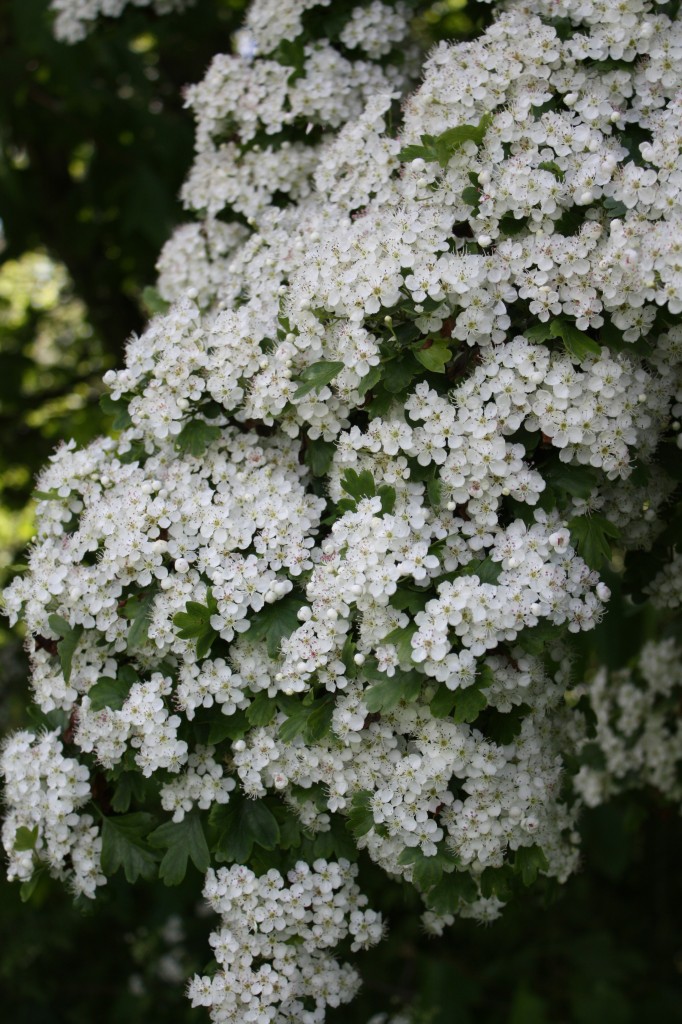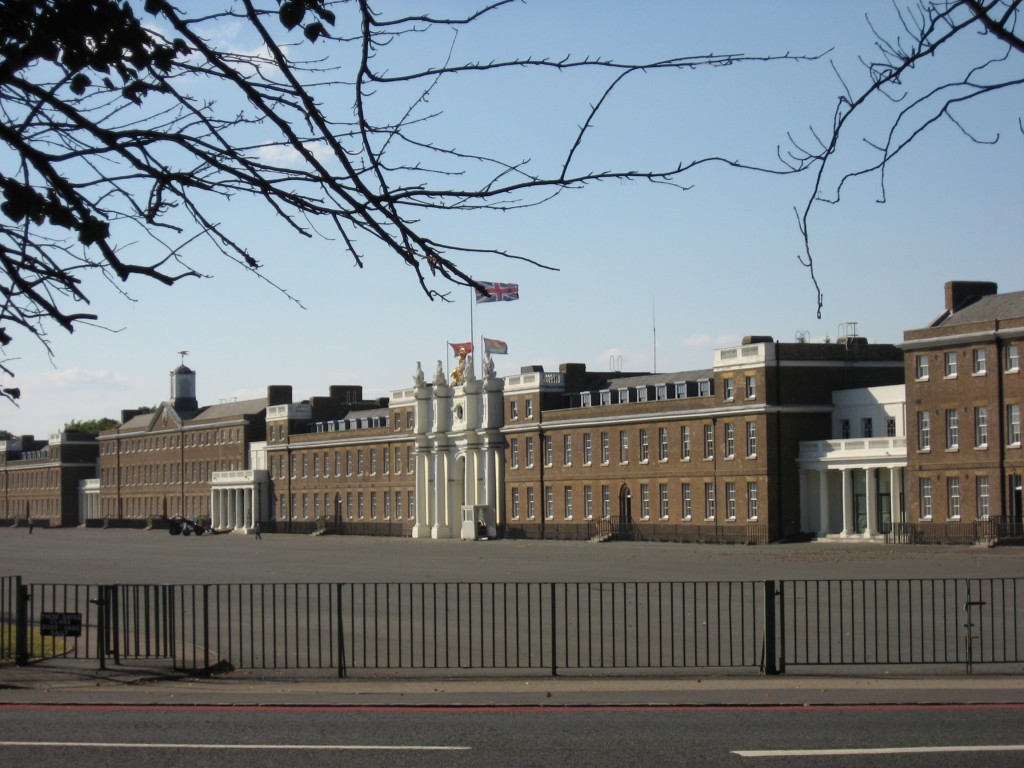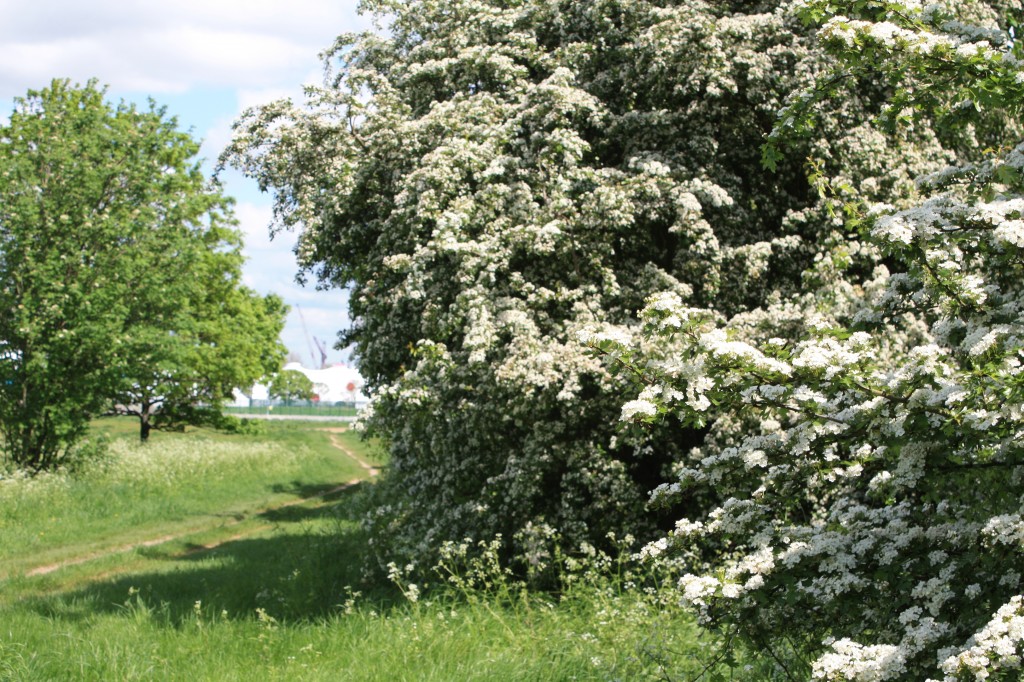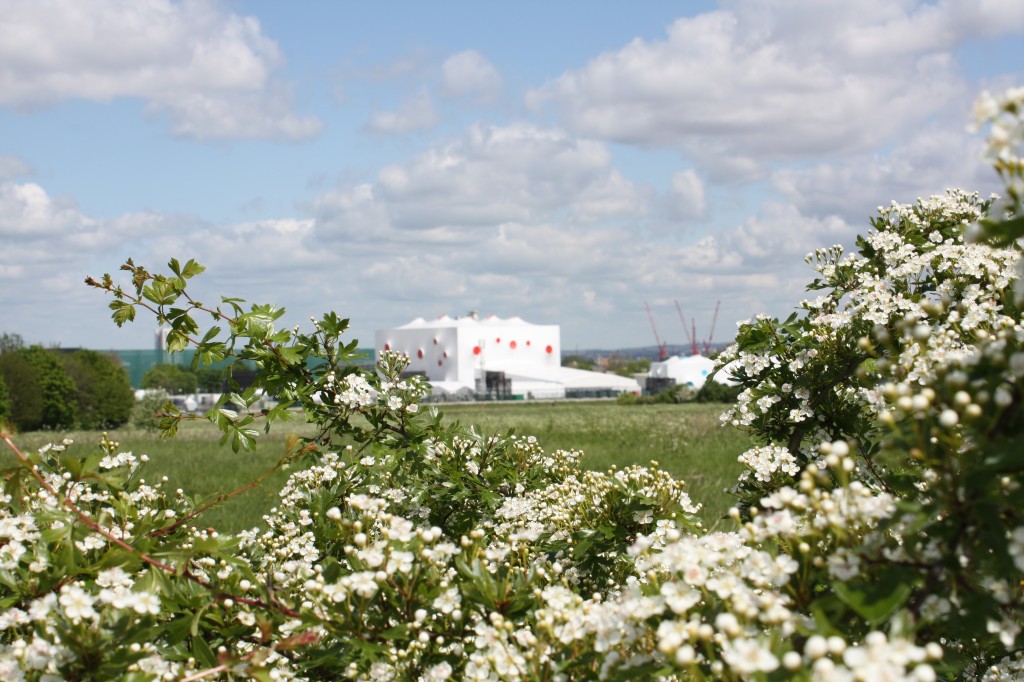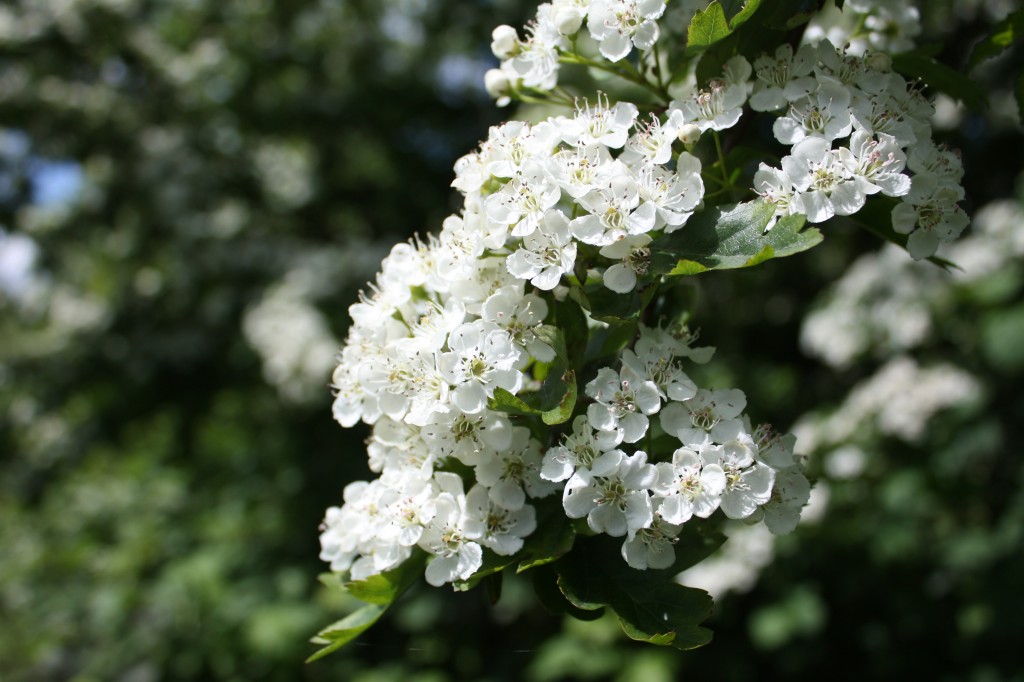
Eaglesfield Park has two events coming up; the official opening of the restored Lilly Pond on the 15th June and the fifth annual Community Fête, on the 16th.
The Friends of Eaglesfield Park have organised a Summer Festival celebration and official opening of the restored Lilly Pond on Friday 15th June; this is the successful culmination, and recognition, of years of persistent effort by the Friends. Their invitation says:
INVITATION TO: SUMMER FESTIVAL CELEBRATION and OFFICIAL OPENING of the NEWLY RESTORED POND IN EAGLESFIELD PARK: Friday 15th June 2012 – 2.00 – 6.00 pm
We are writing to share the exciting news that, after many years of hard work and fundraising by the Friends of Eaglesfield Park, the old “Lily Pond” in Eaglesfield Park has now been restored and transformed into a wonderful wildlife pond. The new pond will not only provide a focal point for people visiting the park, but it will greatly enhance and encourage a wide range of wild life.
To celebrate, we would like to invite you to our Summer Festival (part of the Greenwich Parksfest) between 2.00 – 6.00 pm on Friday 15th June 2012 during which the Mayor of the Royal Borough of Greenwich will officially commemorate the opening of the new pond and dipping platform.
The event will include: a carnival and drumming procession with the children of Plumcroft and Christ Church primary schools; live music; children’s workshops; pond dipping; dancing and other entertainment led by TARU Arts a local community based arts project. Why not bring a picnic and join us for an afternoon and evening of celebration in our lovely park!
The wild flower meadow around the Lilly Pond created by friends of Eaglesfield Park is growing well; quite a few local residents helped with the preparation and planting. There are even a few Lilly leaves starting to show on the surface of the pond, and occasional visiting Mallards. I’ve added some more photographs to the Flickr sequence showing the how the pond has changed with work and season.

Then on Saturday 16th June the local Neighbourhood Watch hold their annual fête. This is the fifth year that they’ve held the successful fête, and it looks like they have arranged another packed and varied afternoon, as their posting describes:
The Eaglesfield Park Neighbourhood Watch Scheme invites you to their 2012 Annual Community Fete on Saturday 16 June, from 1 to 4pm.
This is the fifth year that the fete has been held to help promote the benefits of Neighbourhood Watch and foster community spirit.
The fete, held in Eaglesfield Park SE18, will be opened at 1pm by the children of Christ Church Primary School who took part in a competition to design the 2012 fete poster.
A free afternoon of fun, you can take part in the activities including mini tennis, face and henna hand painting, listening to ukulele music, guided bird walks and buy some home-made cakes and refreshments. You can meet the Greenwich Met Police teams and Eltham Fire Brigade, learn more about the history of the area from Digging Dads Army, receive pet care advice and nail clipping services from the Charlton branch of Companion Care Vets and Pets at Home, meet some of the animals from Woodlands Farm and much more.
Jenny Penn, Eaglesfield Park Neighbourhood Watch Scheme Principal Co-ordinator, said: “We host this fete to celebrate the amazing community we have in Shooters Hill and it just gets bigger and better each year. This year we have more than 30 attractions and stalls.
“This event really shows the contribution small groups make and that community spirit is alive and thriving in Shooters Hill.”
I’ve added both events to the e-shootershill calendar, and here is the Friends of Eaglesfield Park How to find us poster (click to enlarge).















